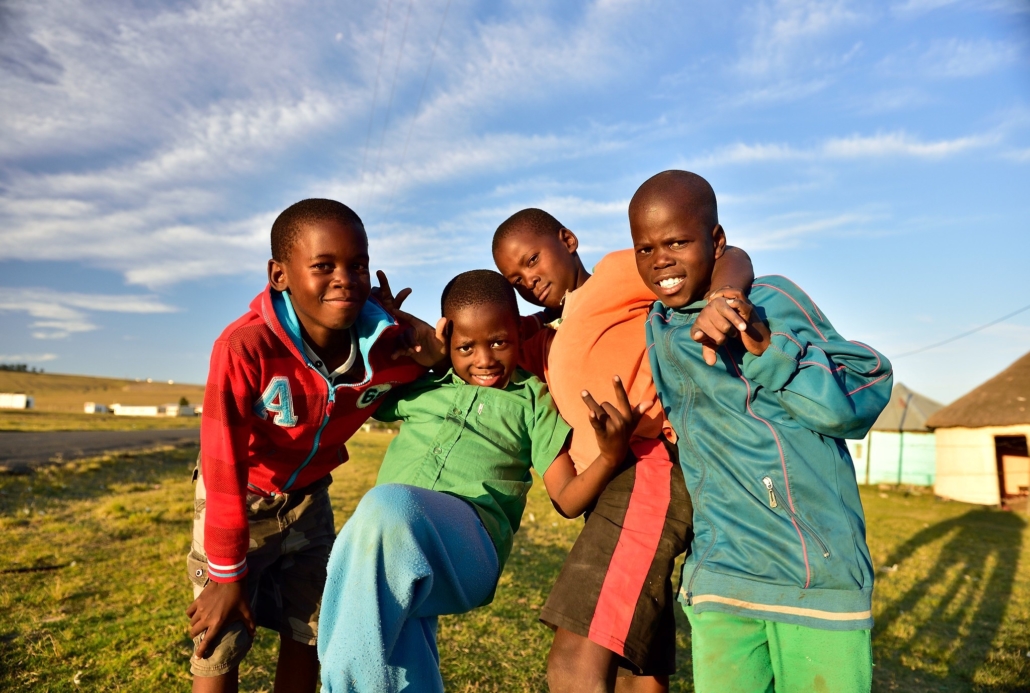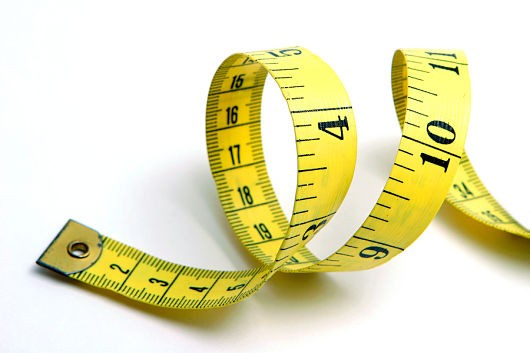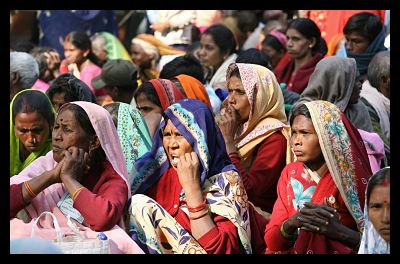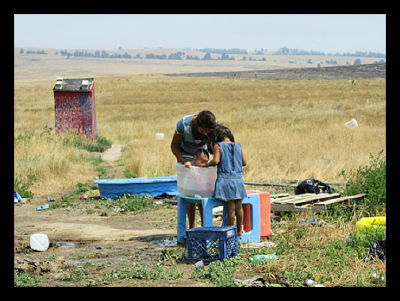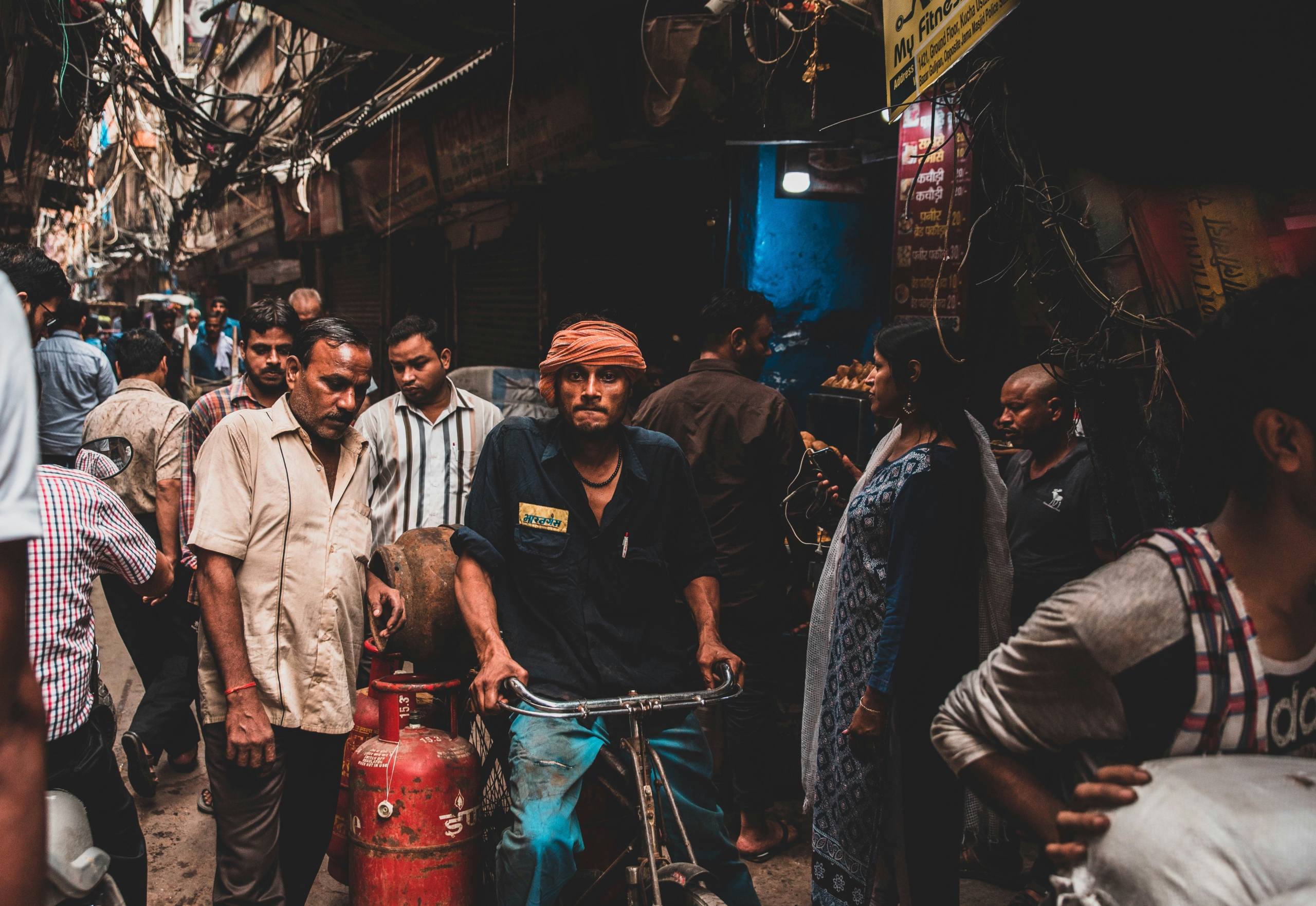 From 2000 to 2022, 25 countries successfully halved their Multidimensional Poverty Index (MPI), according to the United Nations Lead Agency on International Development (UND). The MPI measures poverty across three sections: monetary poverty, access to education and infrastructure. Here are some of the reasons five of these countries have been able to halve their Multidimensional Poverty Index.
From 2000 to 2022, 25 countries successfully halved their Multidimensional Poverty Index (MPI), according to the United Nations Lead Agency on International Development (UND). The MPI measures poverty across three sections: monetary poverty, access to education and infrastructure. Here are some of the reasons five of these countries have been able to halve their Multidimensional Poverty Index.
India
Between 2015–2016 and 2019–2021, 135 million people escaped multidimensional poverty, with the largest decline in the north of India. The different methods of the multi-layered approach are:
- Access To Clean Water and Sanitation: WaterAid provides access to clean water and sanitation through donations and liaison with governments. A personal story is that of Shyamala, a mother of five living in a remote village and having to defecate outside with little access to clean water. WaterAid provided a septic tank and eventually a toilet, ensuring not only sanitation but also her dignity.
- Access to State Education: Education is a fundamental tool to escape poverty and charities are ensuring access to it, such as the United Nations Children’s Fund (UNICEF) education program, which provides access to primary school education and enrolment in 17 states. Udaan India Foundation, which provides support for 4 to 22 age groups, ensures that pupils are up to an academic standard as well as communication and problem-solving skills.
Indonesia
Having made substantial progress in reducing the MPI, 19.1% of the population in 2000 lived in multidimensional poverty. In 2022, this was 9.5%.
- Social Protection Programs: Schemes such as the Family Hope program, provide cash transfers and reaches almost 10 million people. Also, as part of the United Nations (U.N.) No Poverty program in Indonesia, there are 17 key activity programs in Indonesia. One of these is the Youth Employment and Entrepreneurship Support Services program, which provides youth training and development in rural areas.
- Debit Cards: About six years ago, the Indonesian government introduced debit cards to help the disadvantaged population purchase more food. This digitization has meant that now those in need can buy the exact amount of food required, rather than having an estimation delivered to them. From a randomized controlled study it has been found by the researchers that “for the poorest 15% of households when the study began, switching to debit cards reduced the overall poverty rate by 20%.”
Morocco
Morocco has managed to reduce its multidimensional poverty from 16.2 in 2010 to less than 9% in 2020.
- Slowing the Population Numbers: In the last 30 years, the fertility rate has dropped to 2.3 children per adult woman from 5.5. This has meant household budgets are less squeezed and eased pressure on public spending, which has meant investing the money saved into infrastructure, resulting in more access to clean water and electricity.
- International Support: Moroccan families sending their relatives back home with financial support and investing in state projects help raise living conditions for those left behind. Furthermore, charities and nongovernmental organizations (NGOs) coordinate to provide support to people in need.
Cambodia
Cambodia has made commendable strides in reducing poverty levels, with two million Cambodians escaping multidimensional poverty.
- Infrastructure Investment: According to the World Bank, “470 kilometers of Cambodia’s national and provincial road network have been rehabilitated with improved climate resilience and road safety as part of the rehabilitation process.” This has meant that travel time has been reduced from 2 to 1.6 hours per 100 km. The initiative also prioritized climate resilience and road safety and strengthened the government’s ability to manage roads.
- Cash Transfers: UNICEF in 2020 worked with the Cambodian government to provide cash transfers for poor households. This meant support for an estimated 540,000 households.
China
In China 62% of the population in 2010 lived in Multidimensional Poverty to 24% in 2019, China has managed to lift millions of people out of poverty.
- Economic Growth: The rise of China’s economy is widely known and debated, but from a GDP of 360.86 in 1990 to $17,820.46B in 2021. This cosmic growth has meant China can dedicate vast amounts of money to social policies.
- Targeted Poverty Alleviation Program: This strategy started in 2013 and is an initiative aimed at tackling absolute poverty. It involved a multilevel approach that takes into account regionalism, education, skill development and the necessary financial support. This approach meant that in 2021, China will declare victory over absolute poverty.
– Jack Timmins
Photo: Unsplash
